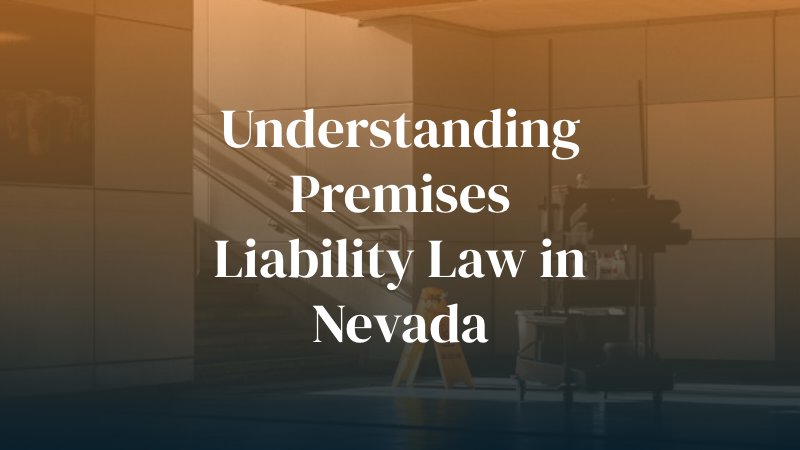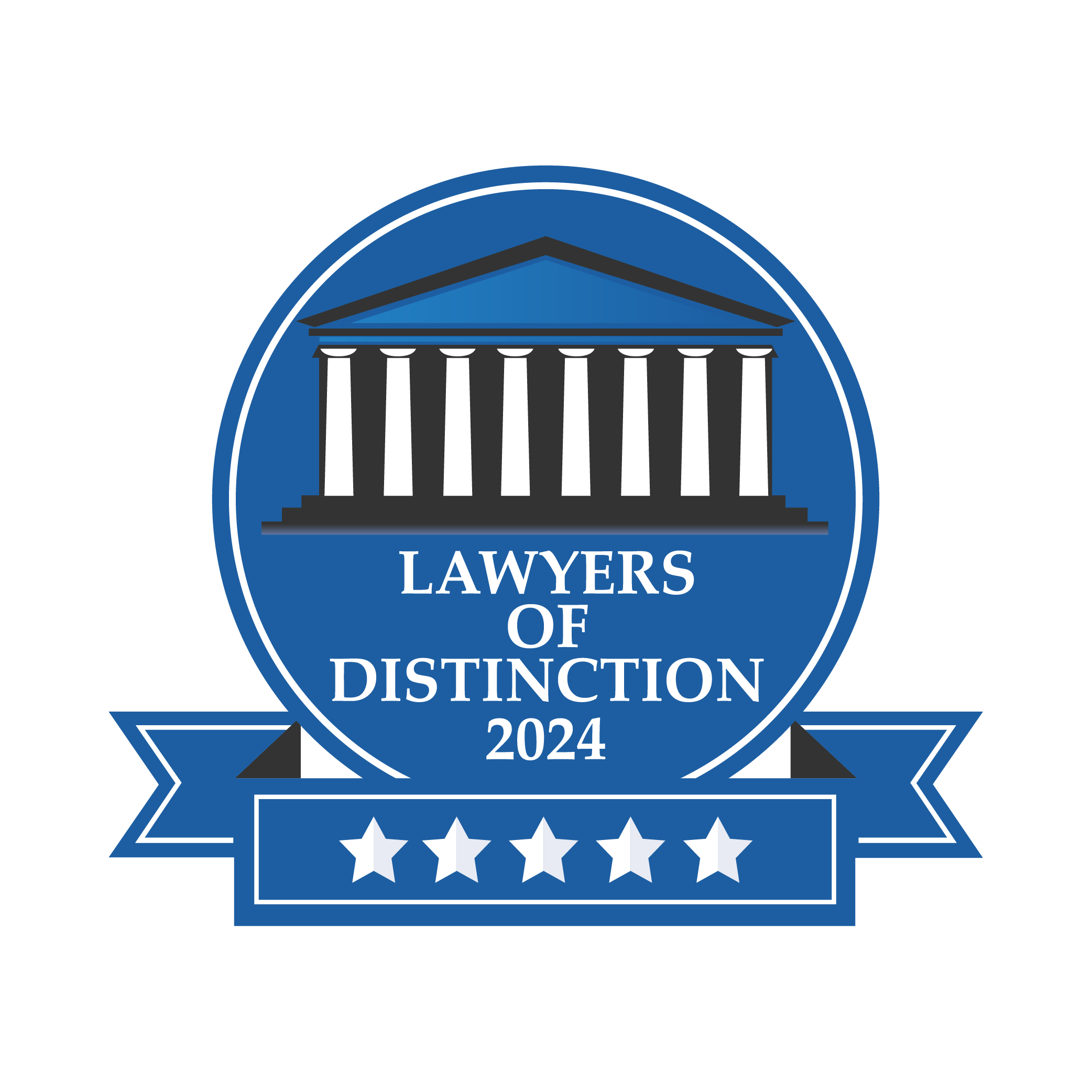
Premises liability in Nevada is a part of personal injury law that requires property owners to maintain safe conditions for visitors. Under the law, property owners can be held accountable for injuries sustained by individuals on their premises if negligence in maintaining a reasonably safe environment is demonstrated. If you’ve been injured due to unsafe property conditions, a Las Vegas personal injury lawyer can help you understand your legal rights and seek compensation. Below are some of the most common types of injuries that occur that relate to premises liability:
- Dog Bites: Property owners may be liable if their dog bites a visitor.
- Slip and Fall: These incidents can happen because of wet floors, uneven surfaces, or obstacles left in walkways. Property owners must address these hazards to prevent accidents.
- Inadequate Security: A lack of sufficient security measures can result in harm to visitors, particularly in areas where crime is foreseeable, holding property owners responsible for neglecting proper security arrangements.
- Swimming Pool Accidents: Injuries sustained in or around swimming pools, such as from lack of fences or slippery surfaces, can lead to liability.
- Fires: Property owners could be liable for fires resulting from negligence, such as faulty wiring or lack of smoke detectors.
- Injuries Inside Someone’s House Because of a Lack of Maintenance: Property owners are responsible for maintaining their homes, and injuries caused by issues like broken stairs or poor lighting can result in liability.
While this is not an exhaustive list of premises liability issues in Nevada, it provides a solid overview of common scenarios property owners must be vigilant about to avoid legal repercussions.
Proving a Premises Liability Claim
Establishing a premises liability claim involves demonstrating specific elements to hold a property owner legally responsible for injuries sustained on their property. Generally, the following must be proven:
The Plaintiff is Permitted to Be on the Premises
To succeed in a premises liability claim, the injured party must demonstrate that they had the legal right to be on the property. This includes invitees and licensees who have either an implicit or explicit invitation to enter or use the premises. Trespassers typically cannot claim premises liability unless specific exceptions apply.
A Dangerous Condition Existed on the Premises
The plaintiff must show that a hazardous condition was present on the premises and posed an unreasonable risk of harm. This condition could range from slick floors to broken railings or concealed hazards that the property owner failed to repair or warn about.
The Defendant Knew of, Caused, or Should Have Been Aware of the Dangerous Condition
It is essential to prove that the property owner either created the hazardous condition, was aware of it, or should have reasonably known about it through the exercise of due diligence. Negligence can be demonstrated if a reasonable property owner would have identified and addressed the hazard.
The Dangerous Condition Caused the Plaintiff to Suffer Injury or Other Damages
Finally, the plaintiff must establish a direct connection between the dangerous condition and the injuries or damages suffered. This includes providing evidence that the condition was a significant factor leading to their harm and quantifying the resulting damages. If you believe you have been injured due to a dangerous condition on someone else’s property, it is crucial to understand your rights and legal options. Premises liability claims can be complex, requiring a thorough evaluation of the circumstances surrounding your case. Contact a Las Vegas premises liability lawyer today to schedule a free consultation and discuss your case.

